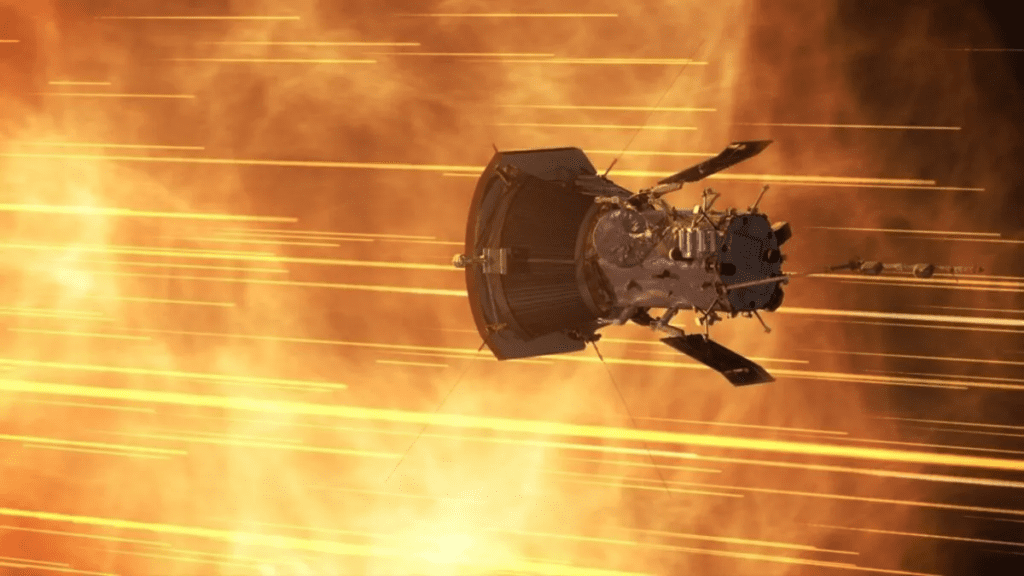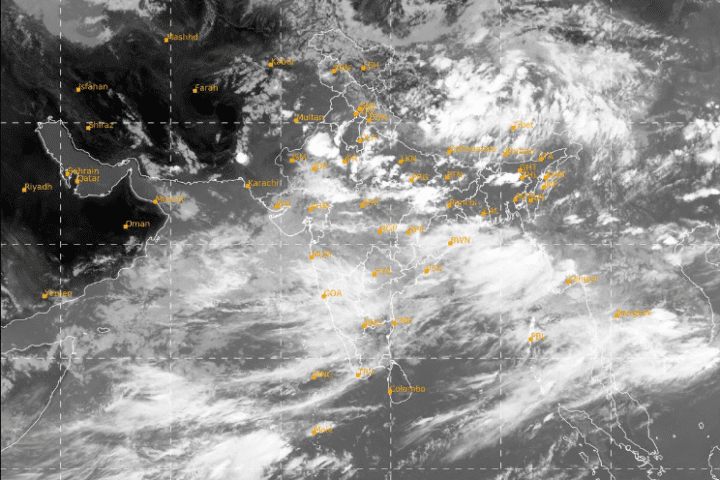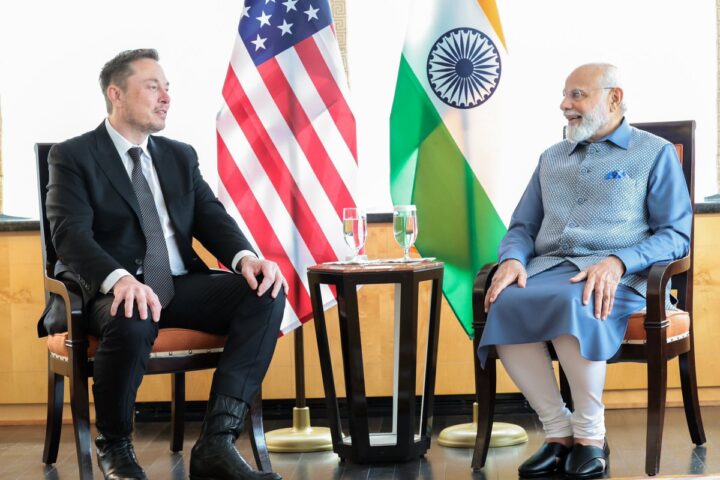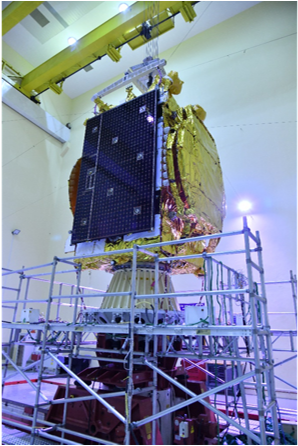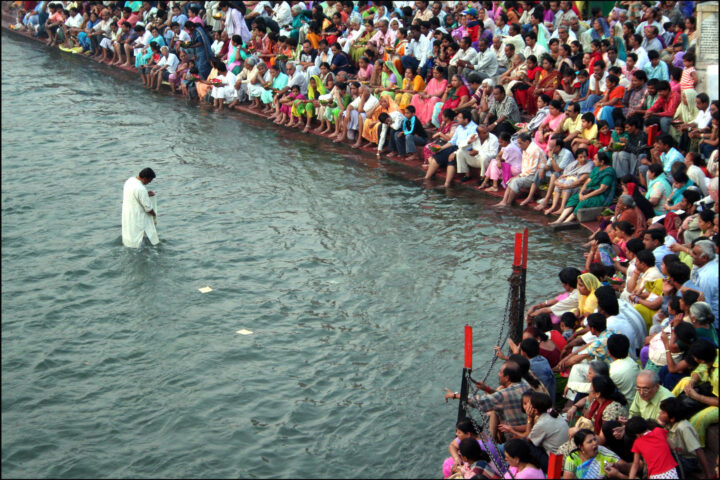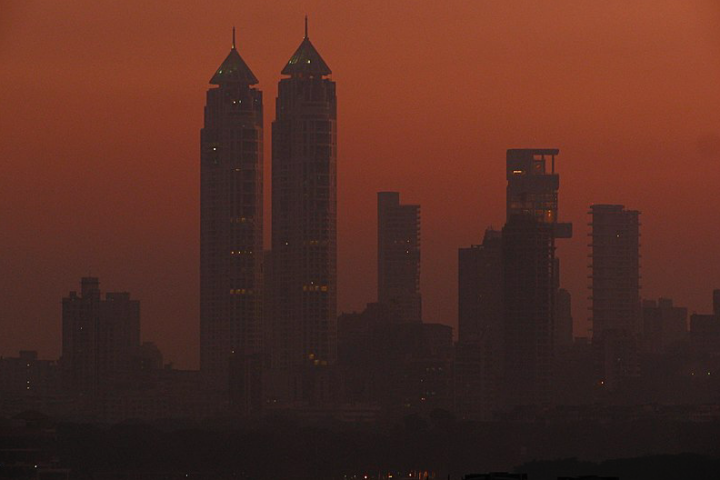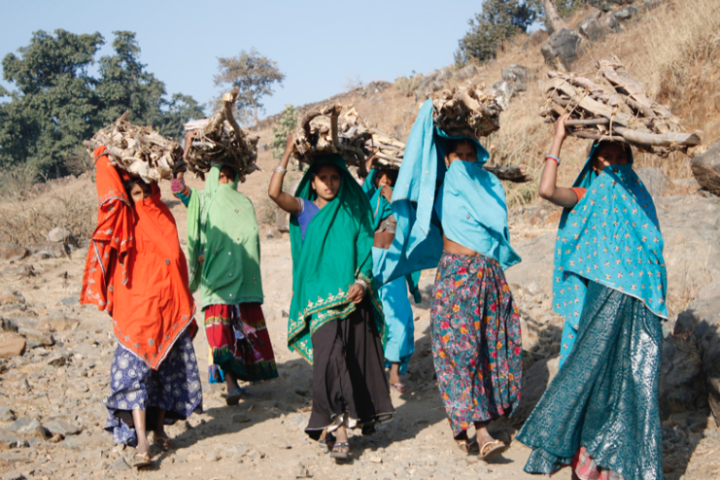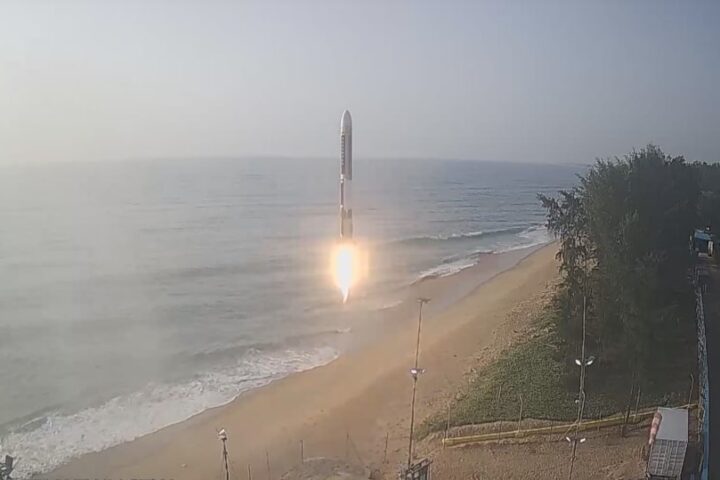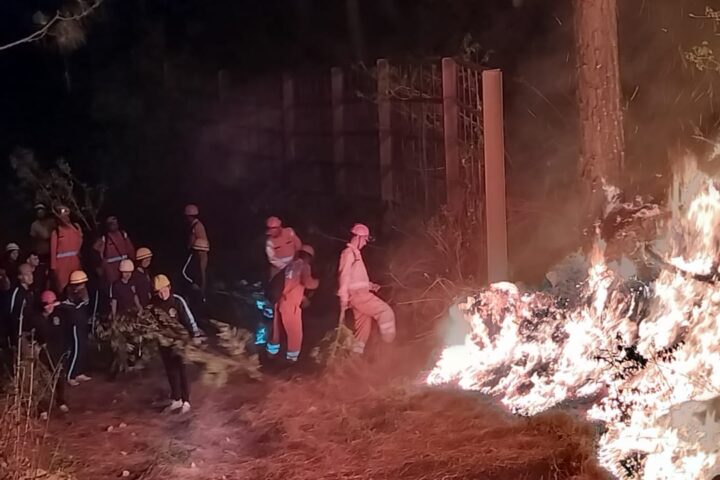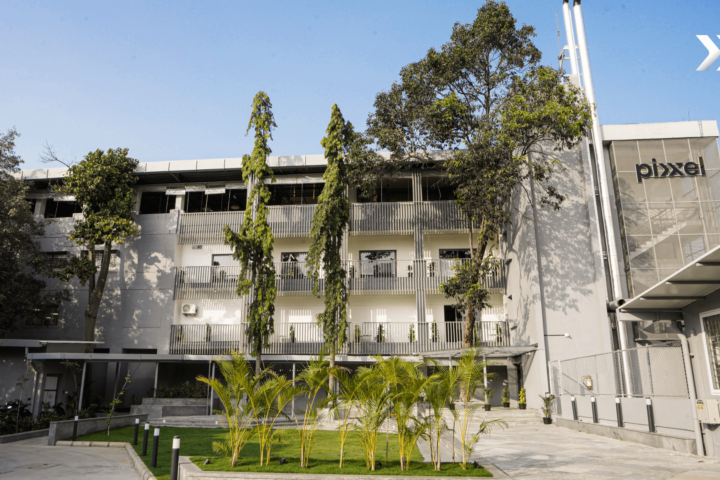The much-awaited mission to Moon, Chandrayaan-3, is set to launch on 14th July from the Satish Dhawan Space Centre in Sriharikota, according to an announcement made by the Indian Space Research Organisation on 5th July 2023. The launch is set to take place using the GSLV Mark 3 heavy-lift launch vehicle.
Chandrayaan 3 will be India’s third moon mission. It is supposed to be a follow-on mission to the Chandrayaan 2, demonstrating end-to-end capability in safe landing and roving on the lunar surface. As per ISRO, the lander can soft land at a particular site and deploy the rover simultaneously which will carry out the in situ chemical analysis of the lunar surface as it moves. The lander and rover have scientific payloads to carry out experiments on the lunar surface.
After the launch of Chandrayaan 3 in mid-July, an orbital raising will take place for Chandrayaan 2. The lander and the orbiter will orbit the moon before touching down on the moon. The Chairman of ISRO, Mr. S. Somnath, stated that the lander has been loaded with more fuel, and strengthened with new equipment. The spacecraft is said to follow the path of the Chandrayaan 2 and will be landing on the same site.
The spacecraft consists of a Lander and Rover Configuration. The propulsion module is supposed to carry the lander and the rover configuration till the 100 km orbit. The propulsion module has a “Spectro-polarimetry of Habitable Plant Earth” (SHAPE) payload for studying the spectral and Polari metric measurements of Earth from the lunar orbit. The spacecraft is equipped with a Lander Module (LM), a Propulsion Module (PM), and a Rover, with the purpose of integrating and developing new technologies required for Interplanetary missions. The Lander has the ability to soft land at a particular lunar site and deploys the Rover that will be carrying out the chemical analysis of the lunar surface, which will take place during the course of its mobility.
The objectives of the Chandrayan-3 mission are, to demonstrate a soft landing of the spacecraft on the lunar surface, to demonstrate the Rover moving on the lunar surface, and to conduct in situ chemical analysis during the rover’s mobility. To achieve these objectives, advanced technology has been made use of in the Lander, such as Altimeters, Velocimeters, Inertial Measurement, which is Laser Gyro based Inertial referencing and Accelerometer package, Landing Leg Mechanisms, etc.
Similar Posts
Several tests have also been administered and carried out successfully to check the demonstration of these advanced technologies on Earth. The tests conducted were Integrated Cold Tests to inspect the Integrated Sensors and the Navigation Performance tests using Helicopters as a test platform. A Hot Test was conducted to check the closed-loop performance with the sensors, actuators, and NGC using Tower Crane as a test platform. Another test conducted was the Lander Leg Mechanism performance test, which tested the landing mechanism by stimulating different touch-down conditions.
The spacecraft is expected to soft-land on the surface of the moon on the 23rd or 24th of August. The ISRO Chairman, S. Somnath said, in case the launch is scheduled for July 14th, the landing can be expected in the last week of August. However, if the landing does not take place as planned, ISRO will have to wait another month for a landing attempt in September. The viewers can watch the livestream of the launch.

